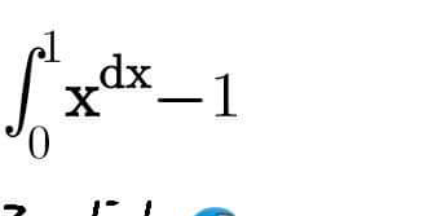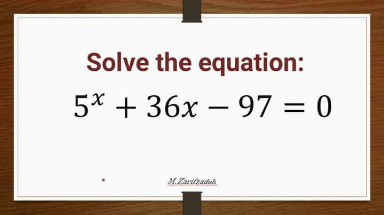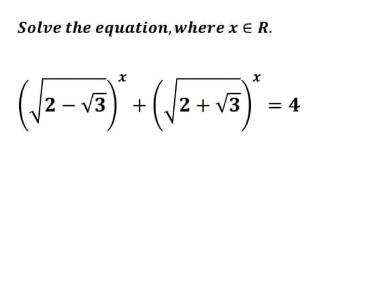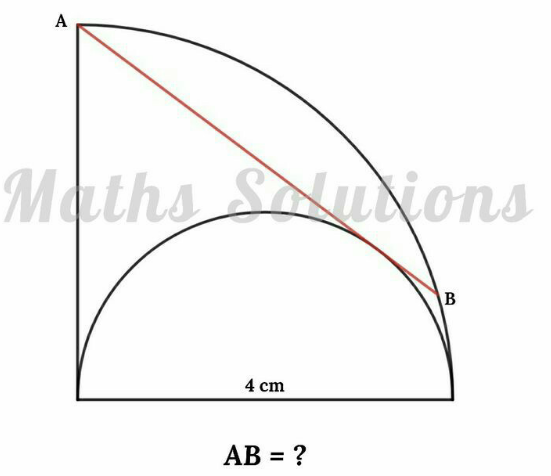
AllQuestion and Answers: Page 468
Question Number 172583 Answers: 0 Comments: 4

Question Number 172575 Answers: 0 Comments: 0

Question Number 172564 Answers: 2 Comments: 0
$${find}\:\int_{\mathrm{0}} ^{\mathrm{1}} \sqrt{{x}}\sqrt{\mathrm{1}−\sqrt{{x}}}{lnx}\:{dx} \\ $$
Question Number 172560 Answers: 2 Comments: 1
Question Number 172558 Answers: 1 Comments: 0

Question Number 172556 Answers: 3 Comments: 0
$$\int_{} {ln}\left(\mathrm{1}+{x}^{\mathrm{2}} \right){dx} \\ $$
Question Number 172555 Answers: 3 Comments: 3
Question Number 181375 Answers: 1 Comments: 2
Question Number 181331 Answers: 1 Comments: 0
Question Number 181329 Answers: 1 Comments: 0

Question Number 181330 Answers: 1 Comments: 0
Question Number 172551 Answers: 0 Comments: 0

Question Number 172545 Answers: 1 Comments: 1
Question Number 172532 Answers: 2 Comments: 0

Question Number 172531 Answers: 4 Comments: 1

Question Number 172526 Answers: 1 Comments: 0
Question Number 172520 Answers: 0 Comments: 1

Question Number 172519 Answers: 0 Comments: 1

Question Number 172516 Answers: 0 Comments: 1
Question Number 172515 Answers: 1 Comments: 0
Question Number 172514 Answers: 0 Comments: 0
$${if}\:{y}={bcoslog}\left(\frac{{x}}{{n}}\right)^{{n}} \\ $$$${then}\:\frac{{dy}}{{dx}}=?? \\ $$
Question Number 172513 Answers: 2 Comments: 2
Question Number 172511 Answers: 1 Comments: 0
Question Number 172510 Answers: 1 Comments: 0

Question Number 172509 Answers: 2 Comments: 2

Question Number 172504 Answers: 2 Comments: 0

Pg 463 Pg 464 Pg 465 Pg 466 Pg 467 Pg 468 Pg 469 Pg 470 Pg 471 Pg 472
